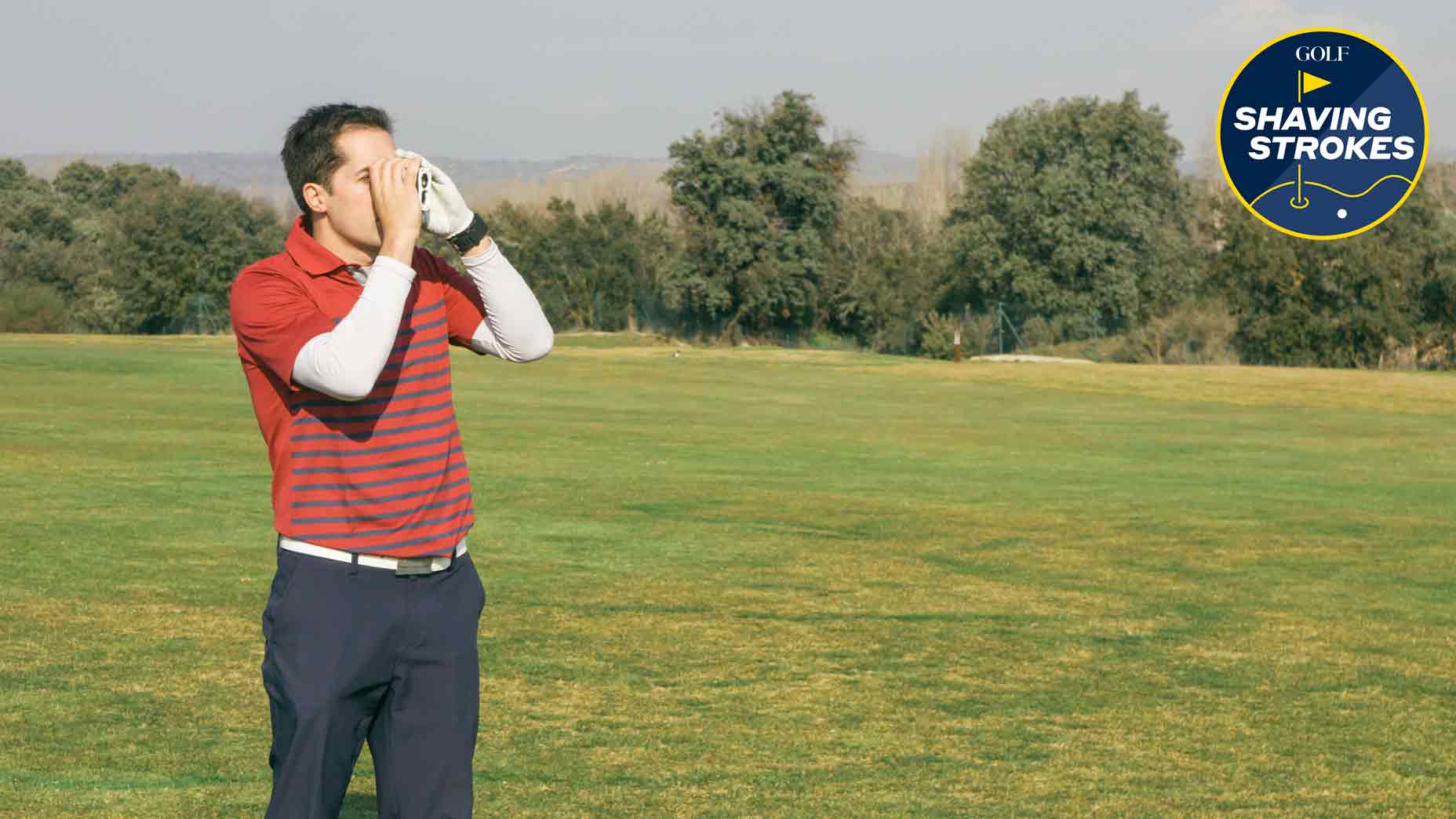A foolproof method to fix your over-the-top swing (and slice!)

If you want to fix your over-the-top swing, all you need to do is change how you shift your weight.
@JonathanYarwood / X
An over-the-top swing is something many golfers struggle with. It’s common among beginners, and even for experienced players, it can creep into their swing and cause issues.
When beginners swing over the top, it usually results in an ugly slice. It’s disheartening and something that can take them years to grow out of. And when experienced golfers come over the top, it leads to a steep swing plane and inconsistent contact, sapping them over power and creating a litany of other issues.
Despite this being such a common swing fault, it’s not an easy issue for most golfers to fix. However, it doesn’t have to be. As GOLF Top 100 Teacher Jonathan Yarwood explains in the video below, all you need to do to get rid of an over-the-top swing is changing the way you shift your weight.
When you’re coming over the top, it’s usually because the sequencing of your weight shift is off. From the top, you will typically shift the weight to your toes in your trail foot and toward the heel in the back foot. If you want to fix it, all you need to do is shift your weight the opposite way.
“Really good players do the opposite,” Yarwood says. “They push from their right heel or the middle of their right foot into their front toes slightly in transition.”
Instead of spinning out of the shot from the top, instead try to shift your weight diagonally along your target line. Start with the weight on your trail heel and shift it into your front toes.
“As a result, the club gets into what we call a shallow position,” Yarwood says. “That allows the body to stay closed for a fraction of a second, which shallows the club.”
If you want to get the proper feeling on the range, try making some swings with your trail toe and your lead heel off the ground. This will allow your trail arm to work down your chest and shallow out, which will help your swing plane to become more in-to-out.
“Start getting that pressure moving better in a more diagonal fashion and you’re going to shallow your downswing,” Yarwood says. “You’re going to hit it a thousand times better.”










